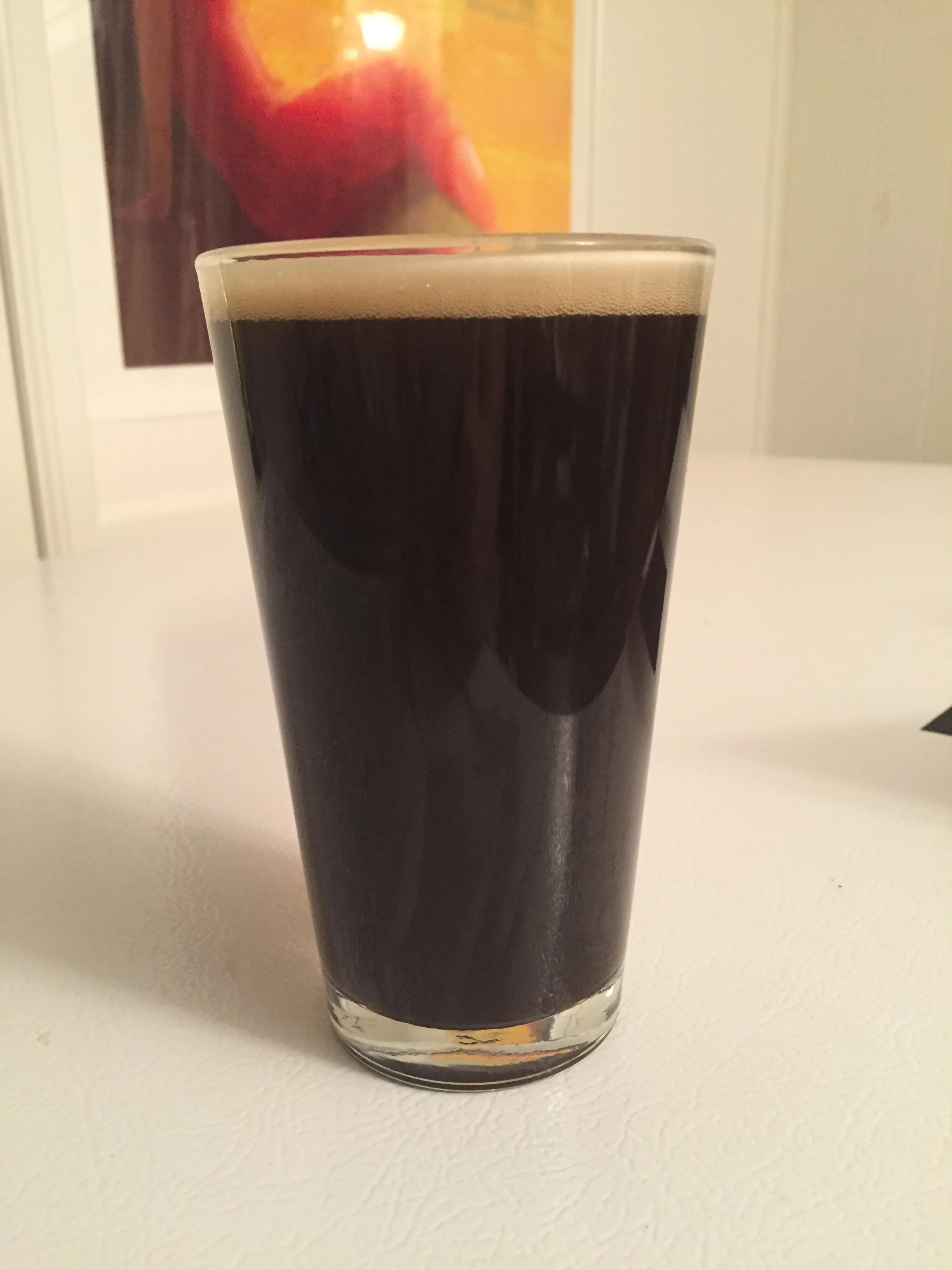Festbier season
/The weather is slowly matching the season, which means none other than festbier season! Bavarian Oktoberfest has just ended but America has a bunch of events all over the place.
This year I was determined to brew better than the two Oktoberfest beers I made last year, that I consider utter failures. For starters I needed to take better notes, but I think last year's batches had some yeast issues. The festbier concept this year was to modify our recipe to fit our current system numbers, no starter, and detailed notes of the brew day.
Festbier 2016
4 lbs pils
3lbs Vienna 5l ovibond
3lbs Munich 10 lovibond
.4lbs caramunich (6.4oz) 53-60 lovibond
1 German Hallertau 2.5%
1 tettnang 2%
.5oz hersbrucker 2%
2 pure pitch souther german lager WLP 838
Campden tablet per 5 gal, no other water adjustments
Brew day breakdown:
Brewed 8/7/16
1145: 9 gal water heating
1204: water at 146ish, dough in
1209: 4 gal of water, mash at 138 which is a little high. Pulling the 5th gal to cool before mixing and pulling the first decoction
1216: evened out to 136.9, covered for the remaining rest period
1236: pulled thick mash for first decoction
1250: nice rolling boil on decoction 1, added 3 scoops to hit 147. 30 min rest
124: pulling second thick mash
142: decoction 2 nice rolling boil, killed the heat. Added scoop by scoop to hit 154
243: pulled about 8 quarts of thin mash to decoct
258: added thin decoction to mash, hit 163. Started heating 4 gal sparge water
310: vorlof then draining before sparging
319: netted a little over 2 gal wort before sparging
323: 15 min batch sparge at 165
338: drain sparge
342: added half of sparge to 5 gal in kettle. Lit burner and continued draining the mash.
345: second half of sparge brought the kettle volume to over 6.5 gal.
401: hit rolling boil
432: hop addition for last 60 min
518: inserted immersion chiller to sanitize for the last 15
532: boil done. Starting chiller
542: in 10min down from boiling to 95
609: everything is chilled or rinsed off and inside within half an hour of flameout.
1026: Pitched yeast and put in lager fridge. Read 15 brix or OG 1.061.
8/29: diacetyl rest 5 days before cold crash/lager.
9/19: kegged. Reading FG 1.013
ABV: 6.3%
It was perfectly clear going into the keg. Coming out of the keg after carbonating it seems to have a bit of chill haze. The color is fantastic, it looks a little dark but it drinks incredibly light. Smooth light malt with a hint of caramel. It is everything both of my brews from last year weren't. I think my lager yeast that I had stored let me down last year which is why this year I skipped the starter and used 2 packages of yeast. I think the decoction really helped the complexity in the final malt profile. My plan is to brew this again without a decoction to compare a step mash to the decoction.
I do think the Wyeast Oktoberfest lager yeast yields a more crisp end result, but I was very happy with the final product from the White Labs pure pitch. Perhaps later I can do a split batch to compare lager yeasts.
Until next time, Prost!















